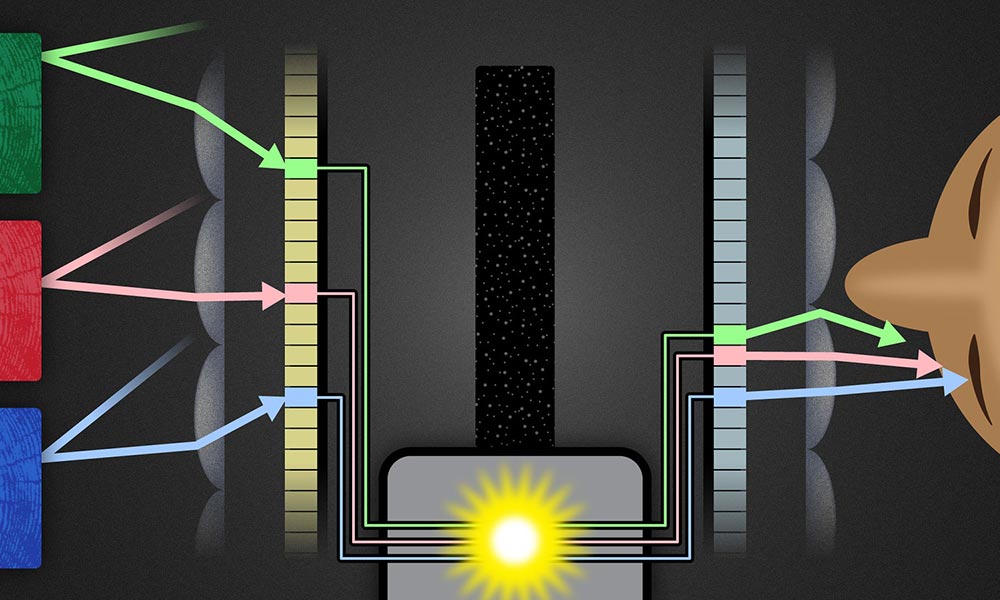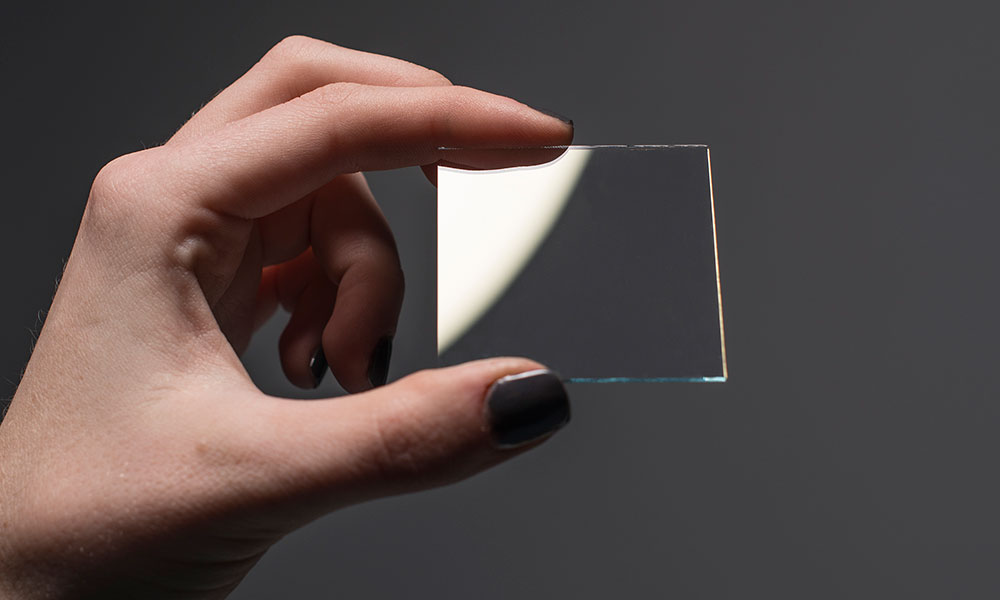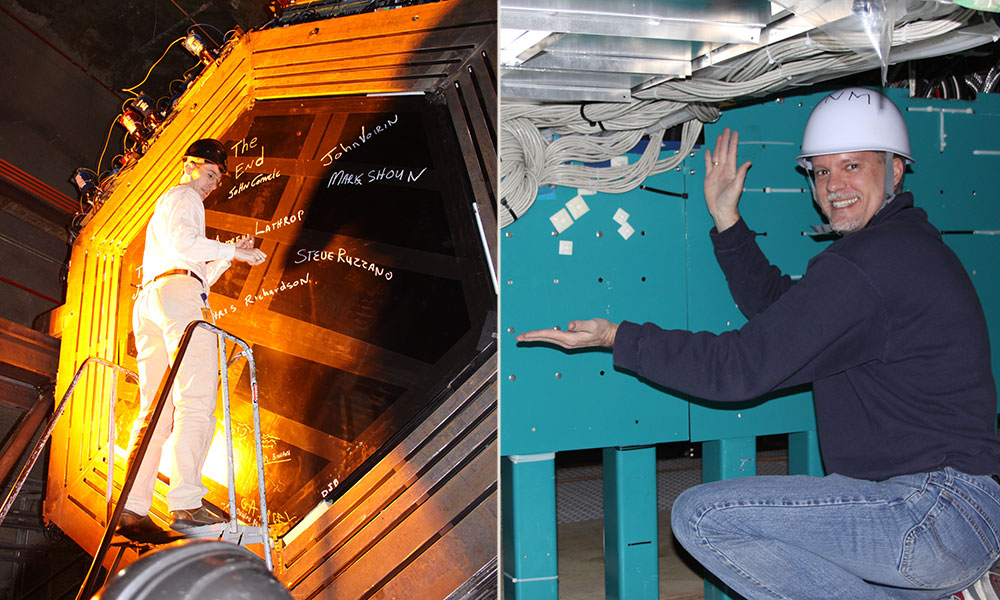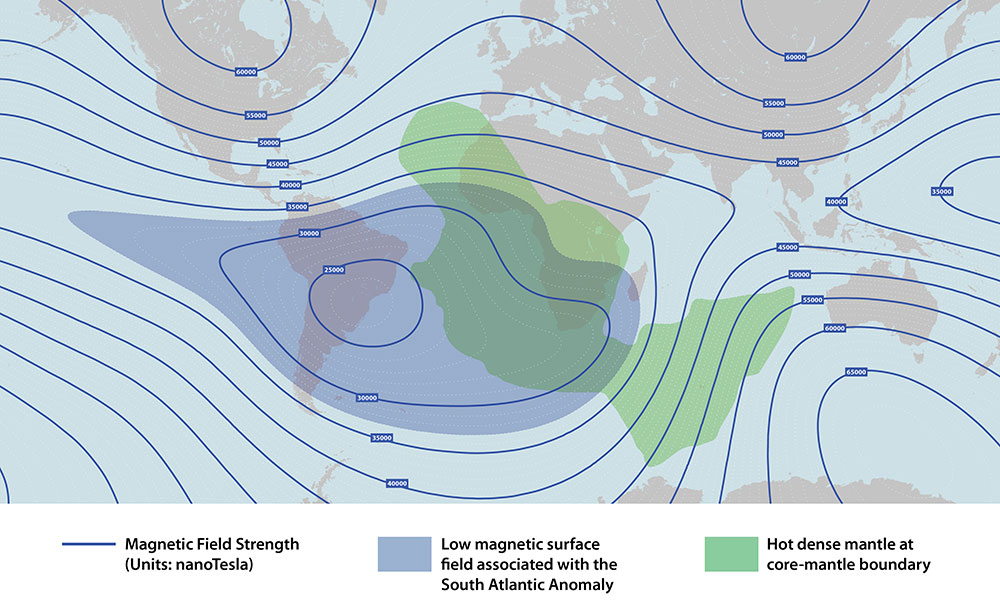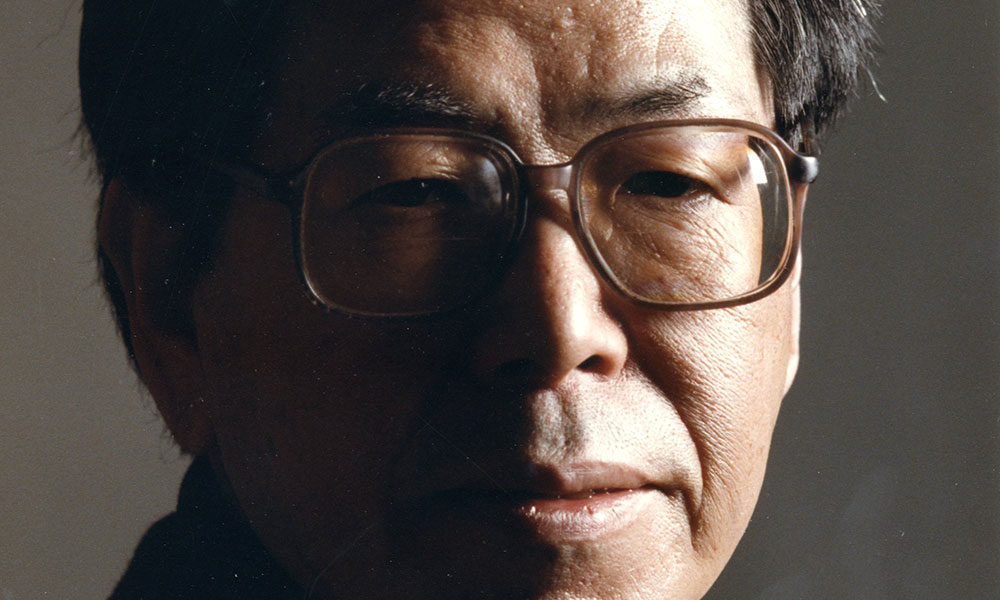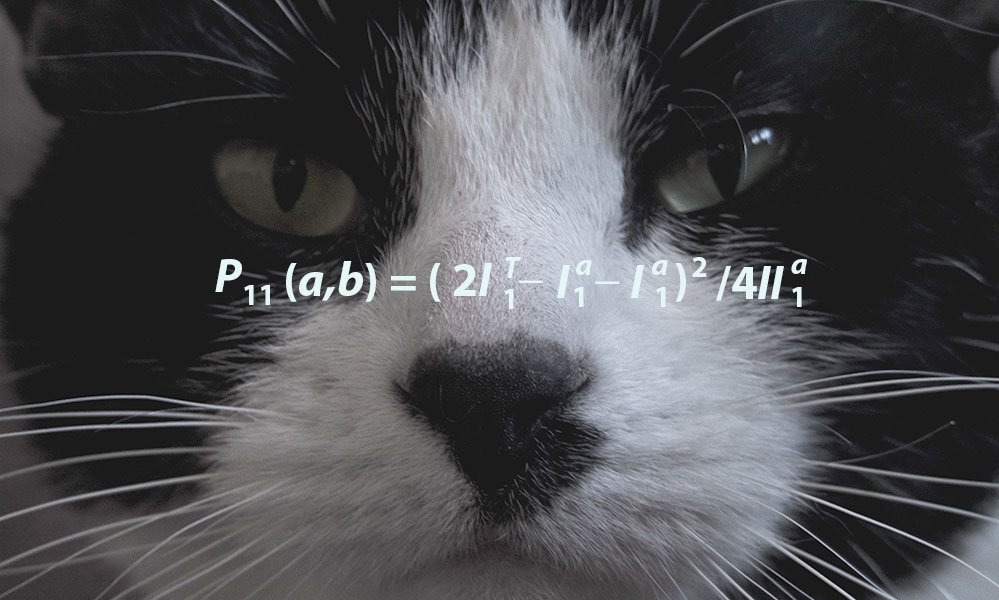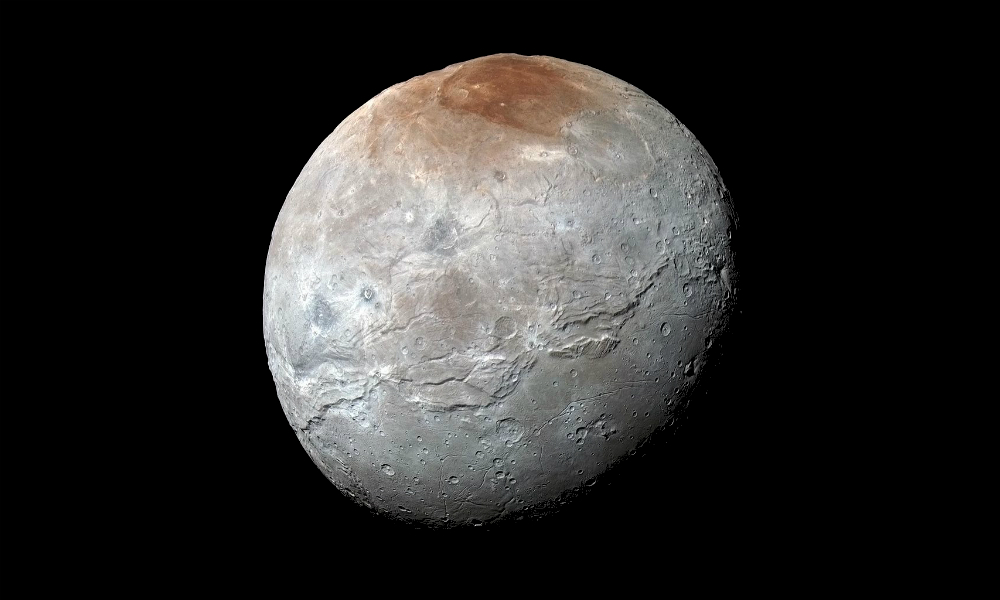
Science & Technology
Close encounters of a tidal kind could lead to cracks on icy moons
May 25, 2016
Until now, it was thought the cracks on icy moons such as Pluto’s Charon were the result of processes like plate tectonics. But new computer models suggest that the pull exerted by another object might have been the cause.

